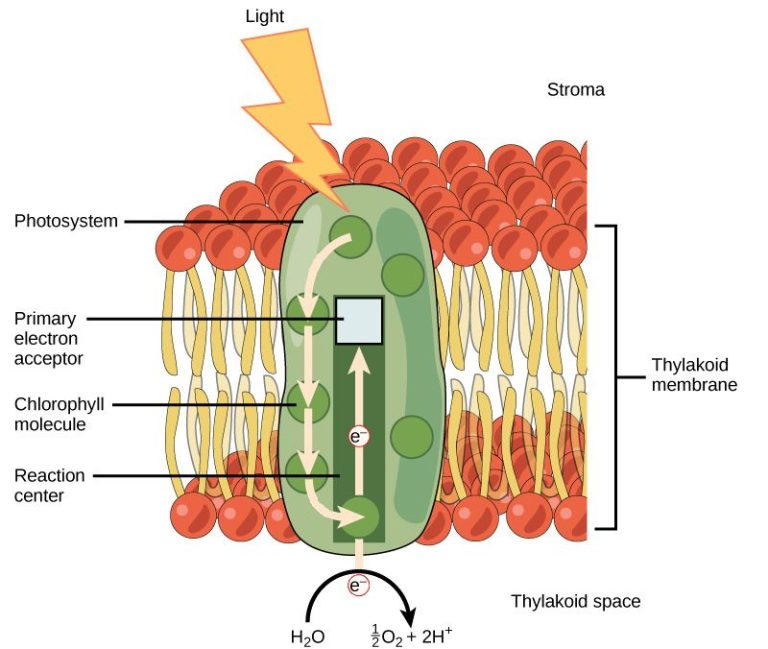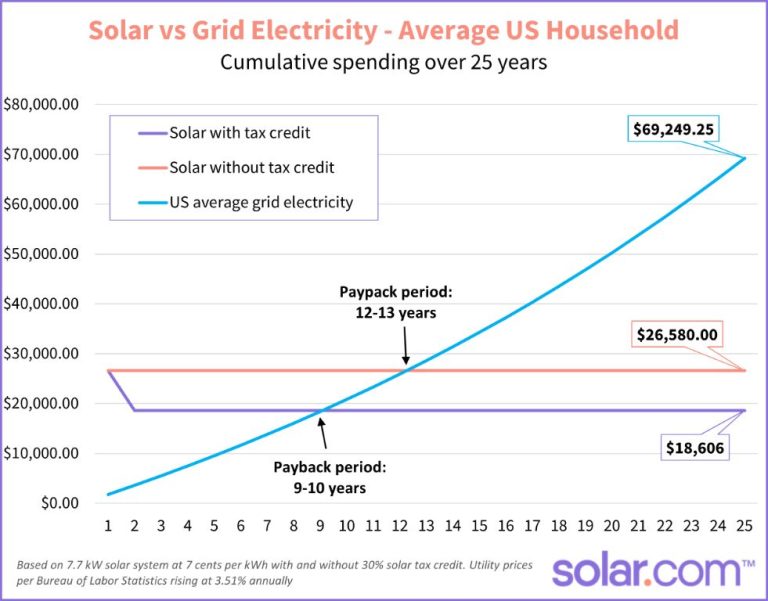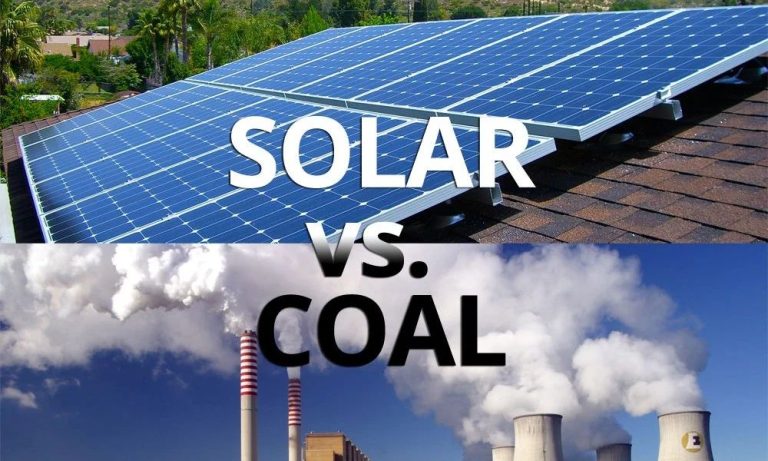Why Is Solar Still So Expensive?
Introduction
Solar energy is a form of renewable energy that uses the sun’s rays to generate electricity through solar panels. It has become increasingly popular due to its environmental benefits and rapidly declining costs. However, despite plummeting prices, solar still remains costlier than conventional energy sources like coal and natural gas in many locations. This article will examine the various factors that contribute to the high costs of solar energy and discuss potential pathways to further reducing costs.
High Upfront Costs
Purchasing and installing solar panels requires substantial upfront investment (https://www.saveonenergy.com/solar-energy/solar-panel-cost/). The average cost to install a 6kW residential solar system in the U.S. ranges from $14,000-$26,000 depending on system size, panels, and location. This high initial cost is the biggest deterrent for many homeowners interested in solar.
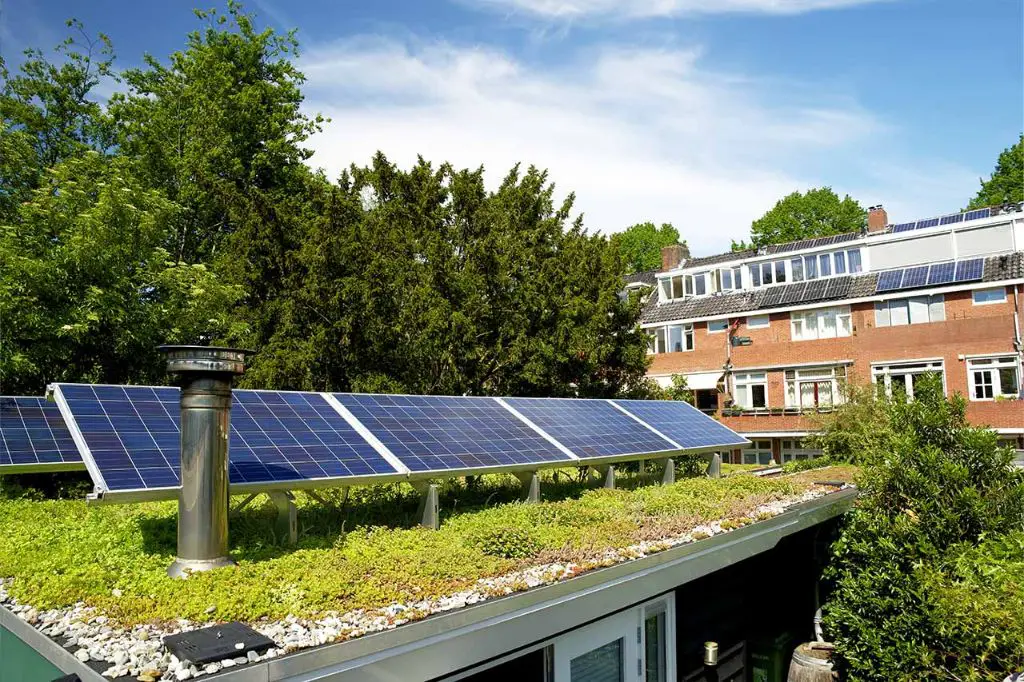
The steep upfront cost includes purchasing the solar panels, inverter, racking, wiring, permits, and labor for installation. Additional soft costs like permits, inspection fees, and financing costs can add thousands more to the total price. For a typical 6 kW system, the solar panels themselves make up around 30% of the overall cost (https://www.cnet.com/home/energy-and-utilities/free-solar-panels/).
Some homeowners take out loans to finance solar panels and pay off the costs over time. But even with financing, there is still a large upfront down payment of 10-25% of the total system cost. For a $20,000 solar system, the down payment would be $2,000-$5,000 – a significant barrier for middle and low-income families.
Lack of Economies of Scale
One major reason solar power is still expensive compared to fossil fuels is that the solar industry lacks economies of scale. Fossil fuel energy sources like coal and natural gas have been used for over a century, allowing their industries to achieve huge economies of scale. The more units that are produced, the lower the cost per unit. Fossil fuel power plants and infrastructure have been optimized over decades to produce energy cheaply at enormous scale.
The solar industry is still young in comparison. With less history and fewer installations globally so far, solar panel and system manufacturers cannot yet reap the full benefits of mass production and economies of scale. The International Renewable Energy Agency found that for every doubling of global solar capacity, module costs fall by 26%.1 As solar scales up worldwide, costs are decreasing but have not yet reached parity with fossil fuels in most markets.
The solar industry is rapidly expanding and is projected to achieve far greater economies of scale in the coming decades. But it has not yet seen the same level of industry maturity and optimization as incumbent energy sources. This remains a barrier to solar achieving cost competitiveness in many markets.
Cost of Components
The high cost of solar panels and other system components is a major contributor to the overall expense of going solar. Here’s a breakdown of the main hardware costs:
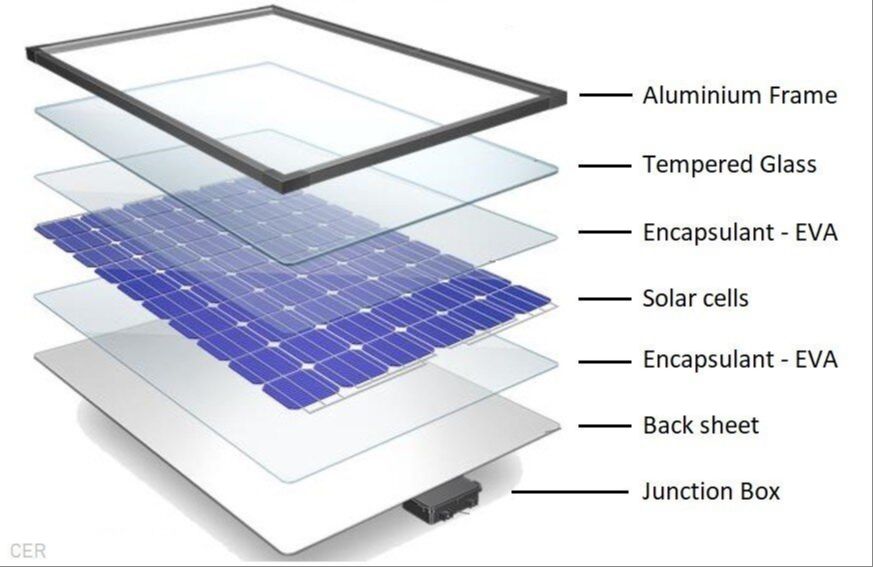
- Solar panels – These account for about 40% of total system costs. Costs have dropped dramatically in the past decade, but are still not cheap at around $2.50-$3.50 per watt for residential systems. High-efficiency panels are more expensive.
- Inverters – Inverters convert DC electricity from panels to usable AC power for your home. Prices range from $0.20-$0.40 per watt. Larger or more advanced inverters add cost.
- Batteries – Adding battery storage costs $5,000-$15,000 on average. Lithium-ion batteries remain expensive but dropping in price.
- Racking – Aluminum and steel racks that mount panels add $2000-$4000 in costs for parts and labor.
- Wiring and hardware – Electrical wires, conduits, disconnects and other parts can add $2000 or more.
While prices are falling, solar equipment is still not a commodity. Reducing hardware expenses further will require enhanced manufacturing capacity and technological improvements.
Soft Costs
One major factor driving up the price of solar power are soft costs, which refer to non-hardware expenses like permitting, installation labor, inspection, financing, and customer acquisition. Soft costs can account for over half the total price of an installed residential solar system in the U.S. https://www.energy.gov/eere/solar/how-does-solar-work.
Permitting and inspection processes vary widely across jurisdictions, driving up costs and project timelines. Streamlining and standardizing regulations could significantly reduce soft costs. For example, online permitting systems like SolarAPP+ can cut weeks or months off permitting timelines https://cleantechnica.com/tag/solar-soft-costs/.
Customer acquisition is another major soft cost category, with solar companies spending heavily on sales and marketing to win business. Simplifying financing options and making pricing more transparent could reduce these costs.
Innovations like panel-level power electronics and improved mounting systems can also cut installation labor expenses. Overall, tackling non-hardware soft costs through regulatory reform, process improvements, and technology advances can make solar power more cost-competitive.
Storage Limitations
Solar power is intermittent and fluctuates based on sun exposure. Energy storage is needed to provide a consistent power supply even when the sun is not shining. However, adding large-scale battery storage substantially increases costs for a solar power plant. According to the research, battery storage can add anywhere from 25-50% to the costs of a solar installation.
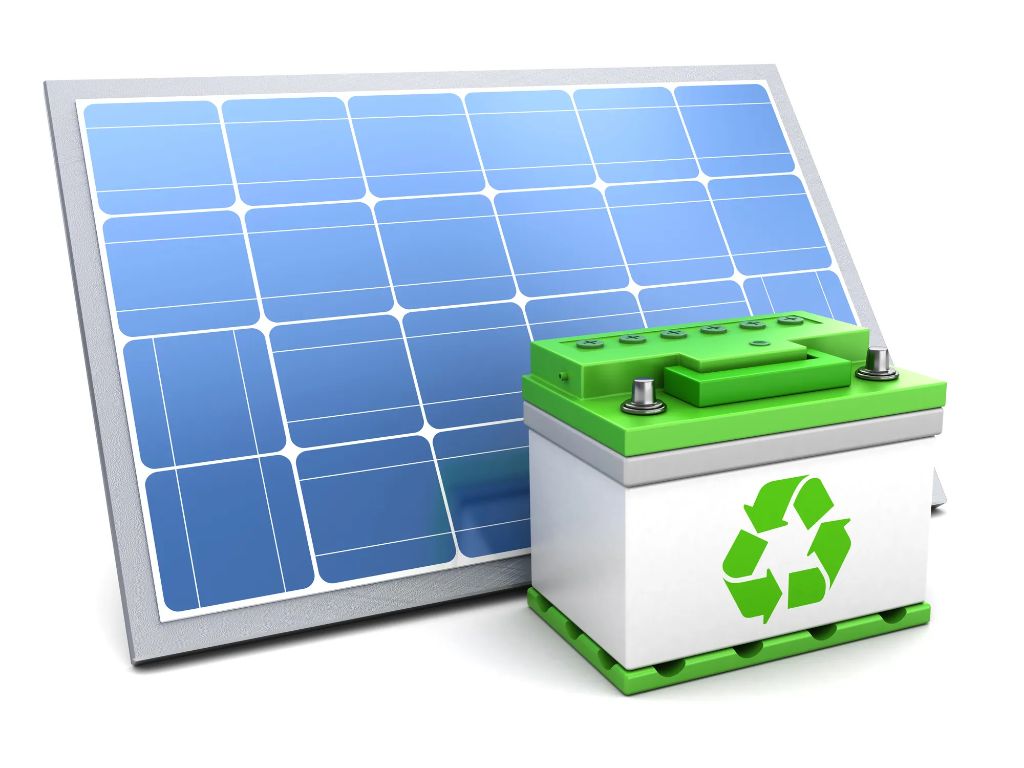
One promising area of research is thermal energy storage for concentrated solar power plants. As described in this project from Cal Poly Pomona, new storage materials are being developed to contain the heat generated from solar thermal plants so it can be used at night. If successful, this could potentially reduce storage costs and improve solar’s competitiveness.
Overall, the extra expense of large-scale batteries or other energy storage solutions is a major factor in solar’s high price tag. As storage technology improves and gets cheaper, it will help drive down the costs of solar energy.
Transportation Costs
Transporting large, heavy solar panels and equipment from manufacturing facilities to installation sites can be quite expensive. Many solar components are fragile yet bulky, requiring special shipping accommodations like climate control, security, and lift gates. This leads to high freight costs, especially over long distances.
According to a recent article on PV Magazine, freight costs account for about 4% of total solar module costs, which can add around $.01/watt. Most solar modules are produced overseas in Asia and must be shipped by sea and then truck to get to installation sites in the US. One solar installer estimates that shipping a pallet of panels from California to Texas costs $450-$500.
The solar industry continues to face supply chain issues and high shipping costs due to the pandemic’s disruption of global freight networks, as noted in this PV Magazine article. Experts expect these inflated transportation costs to persist for at least another year until freight capacity catches up with demand. This contributes to keeping solar power expensive compared to conventional energy sources.
Lack of Infrastructure
One major reason solar power is still expensive is the lack of sufficient infrastructure for domestic manufacturing and distribution of solar panels and components. The US currently imports most of its solar products from countries like China that have heavily invested in large-scale solar manufacturing and logistics networks. Building out solar infrastructure domestically would require major investments and policy initiatives to expand manufacturing facilities, supply chains, and workforce training in solar industries. According to a Forbes article, the US relies on imports for up to 80% of its solar panels, representing a lost opportunity for local job creation and economic growth. To fully transition to a renewable energy economy, much more infrastructure and coordinated policies are needed to improve domestic solar capabilities across the production spectrum.
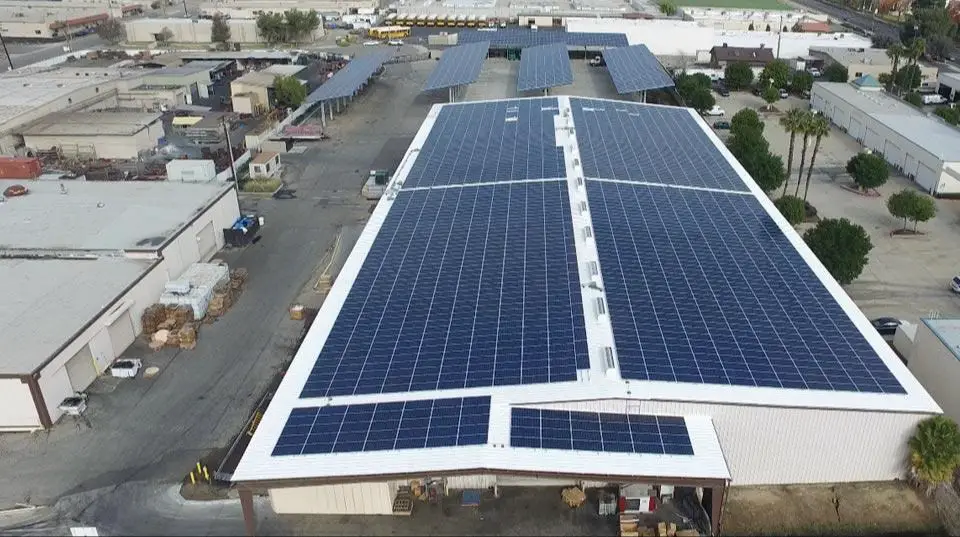
Subsidies for Fossil Fuels
Despite the growth of renewable energy in recent years, fossil fuels continue to receive substantially higher subsidies from governments globally. According to a 2022 analysis, federal subsidies for renewables in the United States totaled $29 billion, while subsidies for fossil fuels were $5.9 billion. However, fossil fuels have historically benefited from hundreds of billions in subsidies over several decades.
The disproportionate subsidies for fossil fuels versus solar energy is a major reason why solar remains expensive. Fossil fuels are able to be produced very cheaply due to long-established government supports, economies of scale, and infrastructure. Solar has only begun receiving meaningful subsidies in the last decade. While costs have dropped dramatically in that time, the playing field is still not level.
Experts argue that removing fossil fuel subsidies and charging the full social and environmental costs would make solar immediately cost-competitive. However, the fossil fuel industry’s political influence has made reforms difficult. The renewable energy industry hopes that continued growth and technological improvements will eventually allow solar to overcome the subsidy gap.
Conclusion
Solar power has seen remarkable cost declines over the past decade, but it remains more expensive than conventional power in many locations. The high upfront costs, soft costs, integration challenges, and lack of economies of scale are some of the key factors that still make solar expensive compared to fossil fuels. However, continued technological improvements, falling component costs, streamlined permitting and installation processes, and supportive policies can enable solar to become cost-competitive across more markets. Most industry experts predict solar will continue its cost reduction trajectory and reach 3-4 cents/kWh by 2030. With focused R&D and policy support, solar has the potential to be the cheapest form of electricity globally within the next decade.

